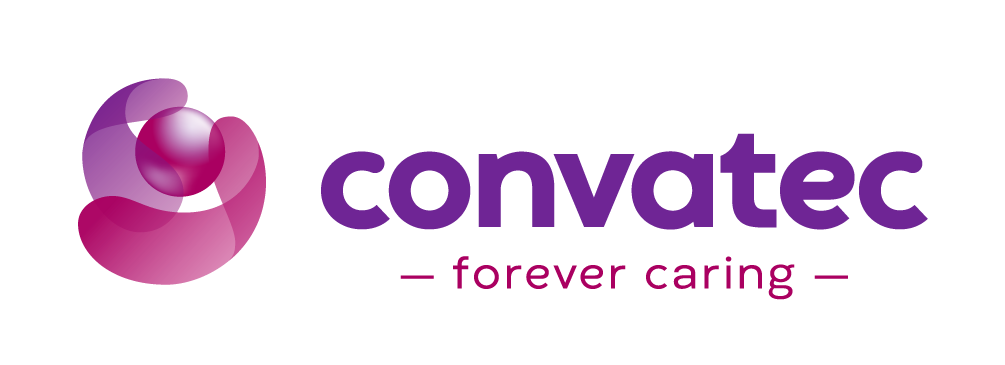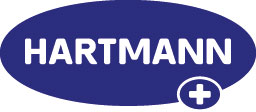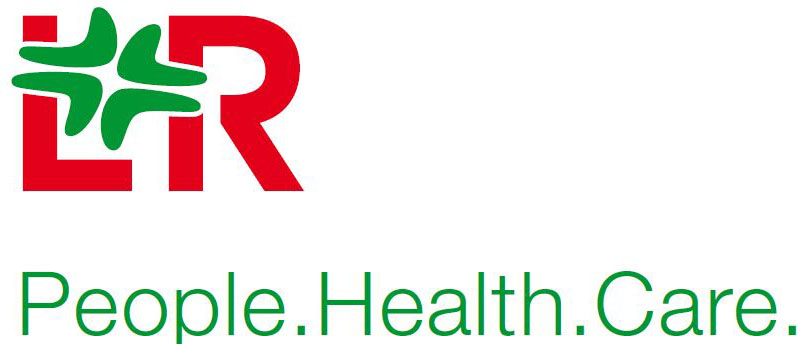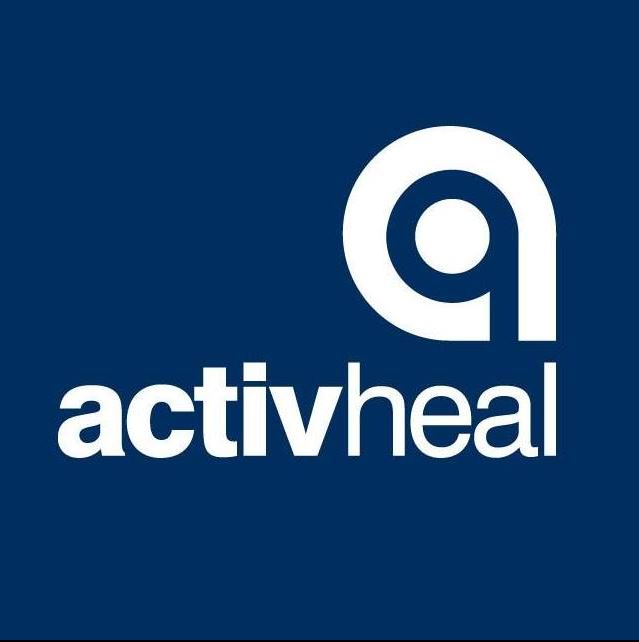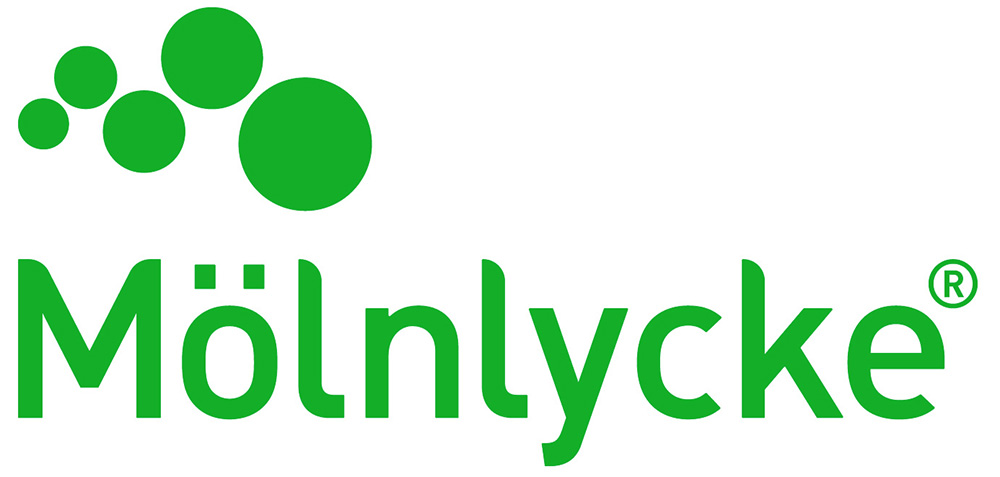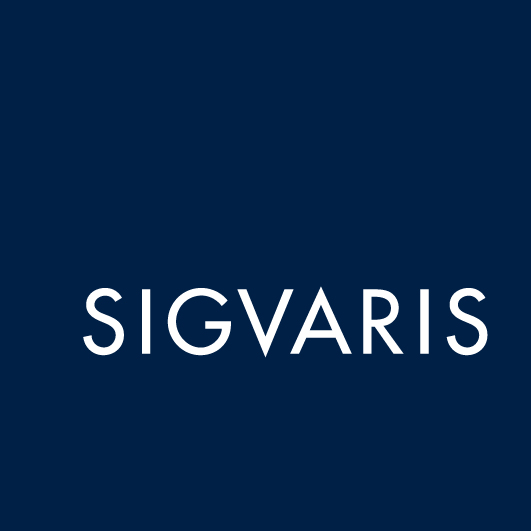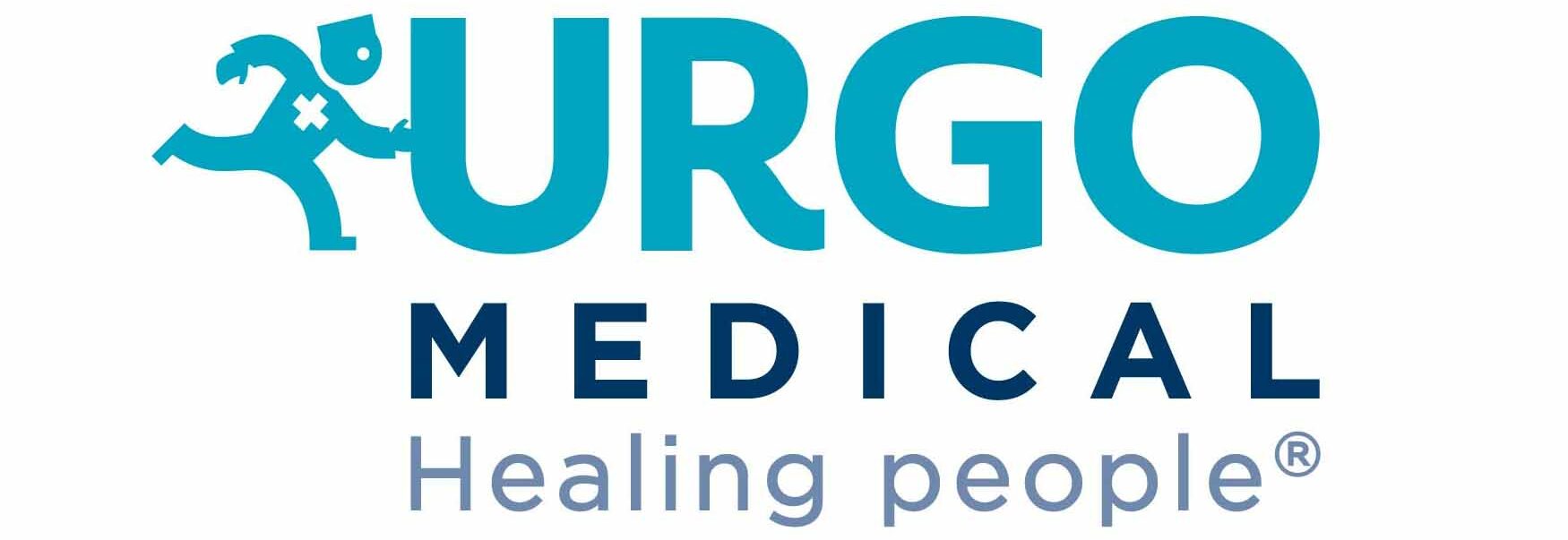Francesco Carolla
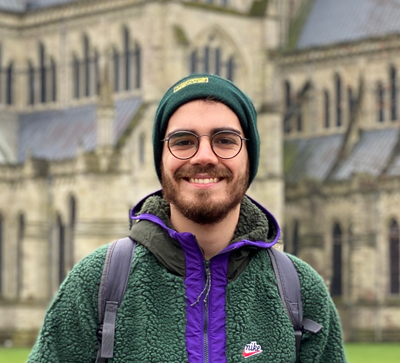
Francesco qualified as a Registered Nurse in Italy ten years ago. He began his career specialising in renal nursing before focusing on dialysis care. He developed a strong interest in Tissue Viability and joined the Oxford University Hospitals Tissue Viability Team five years ago.
He completed the MSc in Advanced Clinical Practice and obtained the non-medical prescribing qualification, both of which have significantly enhanced his skills and competence in delivering holistic patient care.
Francesco’s areas of expertise and interest include venous leg ulcers, pressure ulcers, and fungating wounds. He currently leads the education program for the Trust’s link nurses, passionately advocating for empowering nurses with wound care knowledge to improve patient outcomes.
Presentation at Optimising wound healing study day
Non-pharmacological interventions for managing chronic pain in patients affected by venous leg ulcers
Background: Venous Leg Ulcers are frequently accompanied by chronic wound pain, which has traditionally been managed primarily through pharmacological treatments, including the use of potent opioids. However, these medications are often associated with undesirable side effects and complications. Recent evidence challenges this conventional approach, advocating for the integration of non-pharmacological therapies to enhance pain management and improve patient outcomes.
Aims: This study aims to explore the on-pharmacological interventions available in the literature to manage chronic pain in patients affected by venous leg ulcers, with a specific focus on Advanced Clinical Practice.
Methods: An integrative literature review was employed, and 16 studies were selected, including quantitative, qualitative, and mixed-methods research. The review considered international studies conducted in both primary and secondary healthcare settings. The outcome measures examined included reductions in pain scores, relevant indicators, and/or improvements in patient experience.
Results: The results indicated that electrical stimulation therapy was effective in reducing wound pain. Compression therapy also alleviated pain, particularly when combined with other interventions such as exercise and lymphotherapy. Social support did not show a significant correlation with pain reduction, although peer support groups were found to reduce pain and improve self-esteem and patients’ quality of life. Virtual reality was effective in reducing wound pain during dressing changes, while light therapy resulted in a significant reduction in pain and higher wound closure rates. Aromatherapy and music therapy helped reduce pain during or immediately after dressing changes, and traditional Chinese medicine contributed to pain reduction, although it initially worsened pain in the first two hours after application.
Conclusions: This review suggests that effective non-pharmacological therapies are available for managing chronic wound pain in patients with venous leg ulcers. The findings from this study can pave the way for the implementation of new interventions in the current practice, responding to the evolving needs and innovations in the healthcare system.

